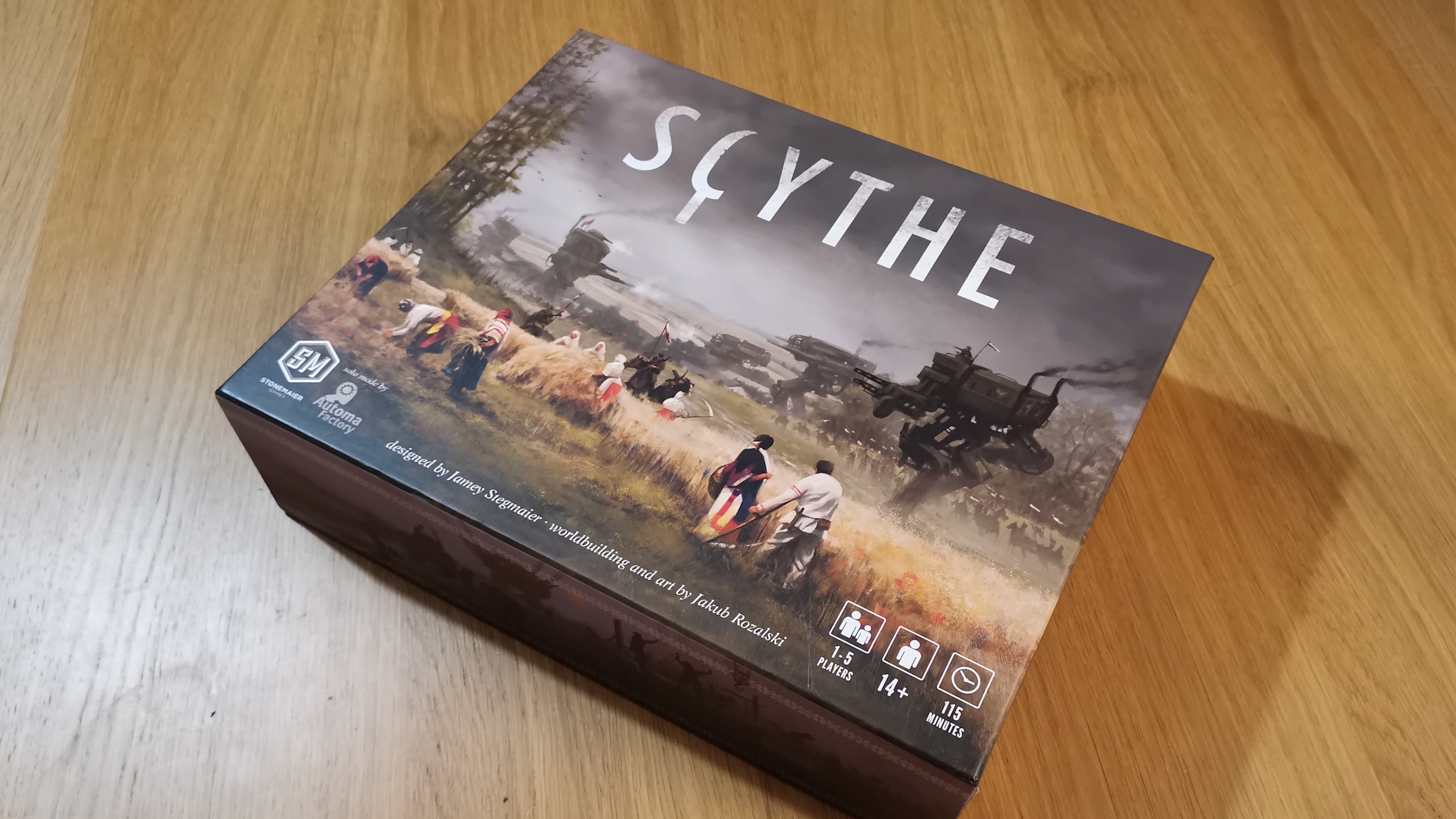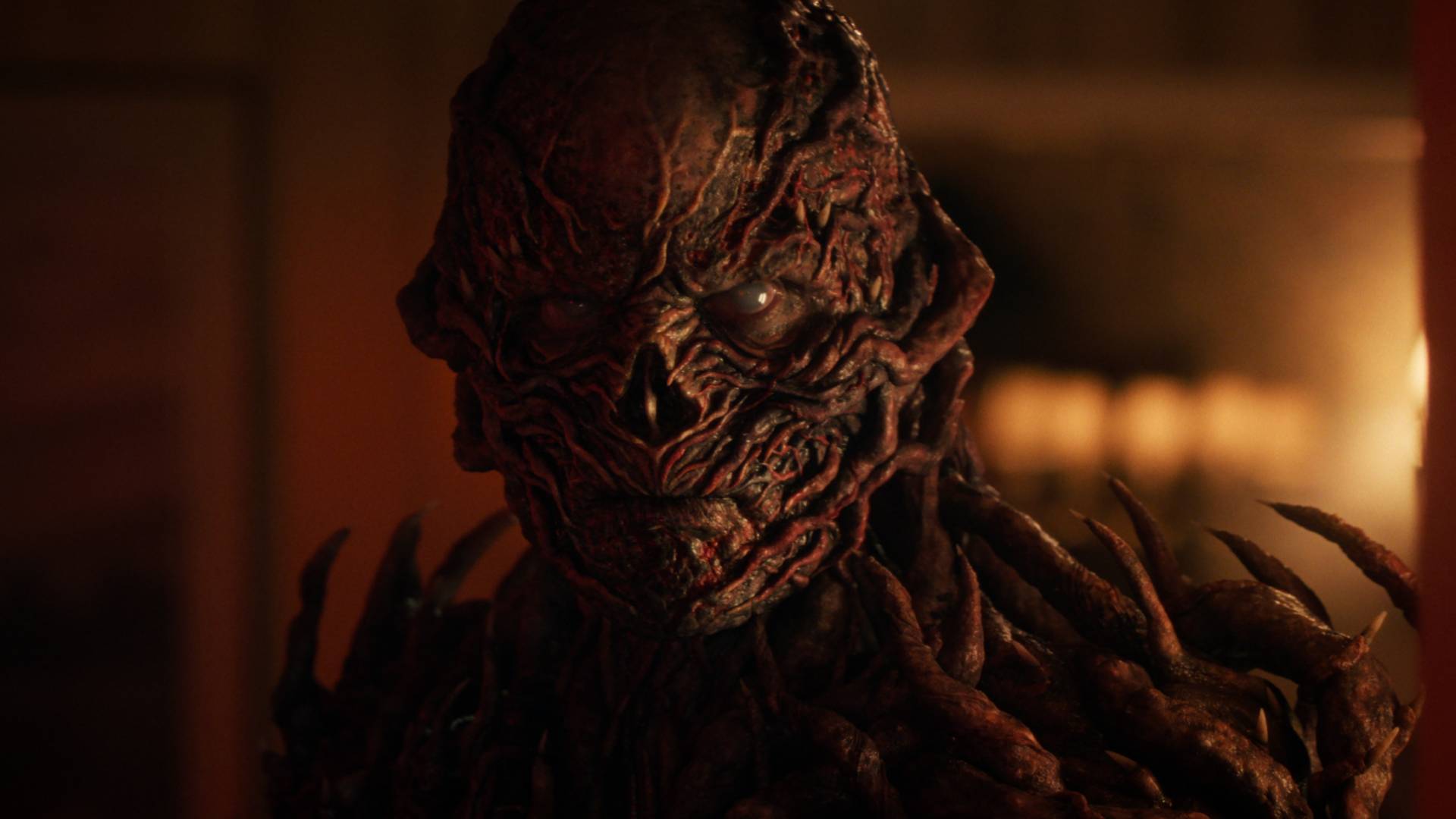1998 vs 2008: How has gaming changed in 10 years?
Life moves pretty fast sometimes – but videogames move faster. Here’s the proof
Seeing as it took almost 40 years for movies to learn how to talk, gaming hasn’t exactly shuffled its feet. It hasn’t even been 40 years since Computer Space became the first commercial game, and what began as little more than dandruff on a black screen is already threatening photo-, audio- and physical realism. So let’s look closer at how times have changed, starting with the year that gave us Dana International, 1998.

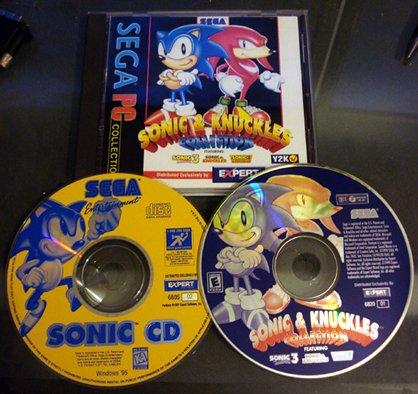
In 1998, the future of Sonic was laid out by Sonic R, a Sega Saturn spin-off which traded tight design and pace for a single gimmick: 3D. Not the isometric trickery of Mega Drive’s Sonic 3D, either, but polygons, textures, and the sneaking suspicion that something was about to go terribly wrong.
Sure enough, after mixed success with Sonic Adventure, the purple blur became gaming’s answer to Jar Jar Binks. Scandalised by trash like Sonic Heroes and Sonic The Hedgehog on 360, barely finding his feet in 2008’s Sonic Unleashed, he still makes a killing thanks to “the kids”. Thanks a bunch, kids.


Remember Body Harvest, the alien invasion game for N64? “The freedom!” praised gamers at the time. “The vehicular mayhem! The boundless manslaughter! Whatever will they think of next?” “They”, of course, were DMA Design, best known for Lemmings and soon to become Rockstar North.
What did they think of next? More freedom, more mayhem, more manslaughter, and the three most controversial words in gaming: Grand Theft Auto. Ten years on and there are now ten Rockstar studios scattered around the globe, responsible for over 30 games. And let’s not forget Crackdown, made by DMA founder David Jones and his new company, Realtime Worlds.

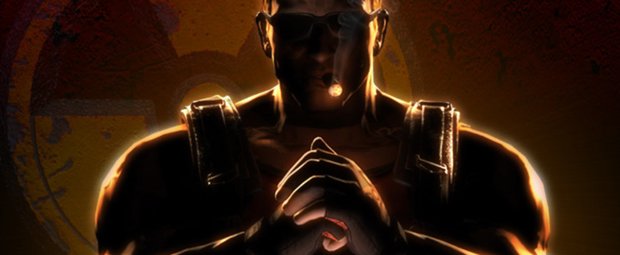
In the beginning was the word. And the word was “Forever”. Promised “no later than mid-1998”, the fourth Duke (that it’s now the fifth says it all) was a white-hot prospect for the adult FPS, boasting unprecedented interactivity with its 3D universe.
A decade later and we’re talking more brown-hot, the closest thing to a release being two – that’s two - screenshots in 2008, neither of which made buttocks tremble. Not in the intended manner, at least. It’s as if someone at 3D Realms said, “Make fun of us? We’ll show ya! We’ll finish this game if it’s the last thing we do. Tell ‘em, guys! Guys..?”
Weekly digests, tales from the communities you love, and more

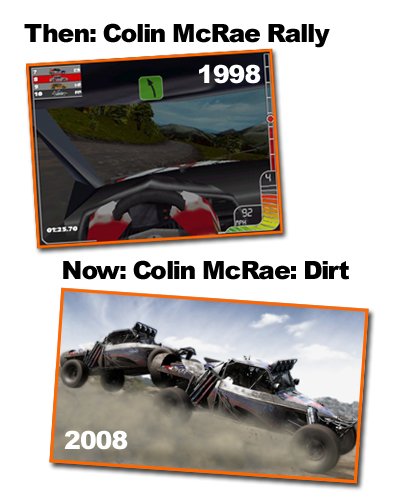
As far as technology goes, there’s no better benchmark than the racing game, and none more sophisticated than a racing game by Codemasters. In 1998, the Warwickshire company was pulling away from its bedroom coder days into more complex simulation. The visuals of every Colin McRae Rally and Race Driver game since have been greeted with the same breathless response: “That almost looks like a photograph!”
Now, a decade on from the first CMR, it’s the photographs struggling to keep up, along with the sounds and physics of real world racing. Lost, however, are the real driver names and, tragically, Colin McRae himself.


Well, at least the number’s still correct, even if the cast and roles have changed. Sega was celebrating the magnificence of Dreamcast in 1998; now it’s enjoying its freedom from the hardware race altogether. Sony has gone from brand dominator to: “You’re not getting one of those, Timothy, it’s too expensive and the games are all on that other one.” Nintendo has gone from kids and Mario to pensioners and Toilet Training DS (trust us, it’ll happen). And a little-known company called Microsoft, better known in 1998 for Minesweeper than Halo, is now the hardcore king of the hill.
